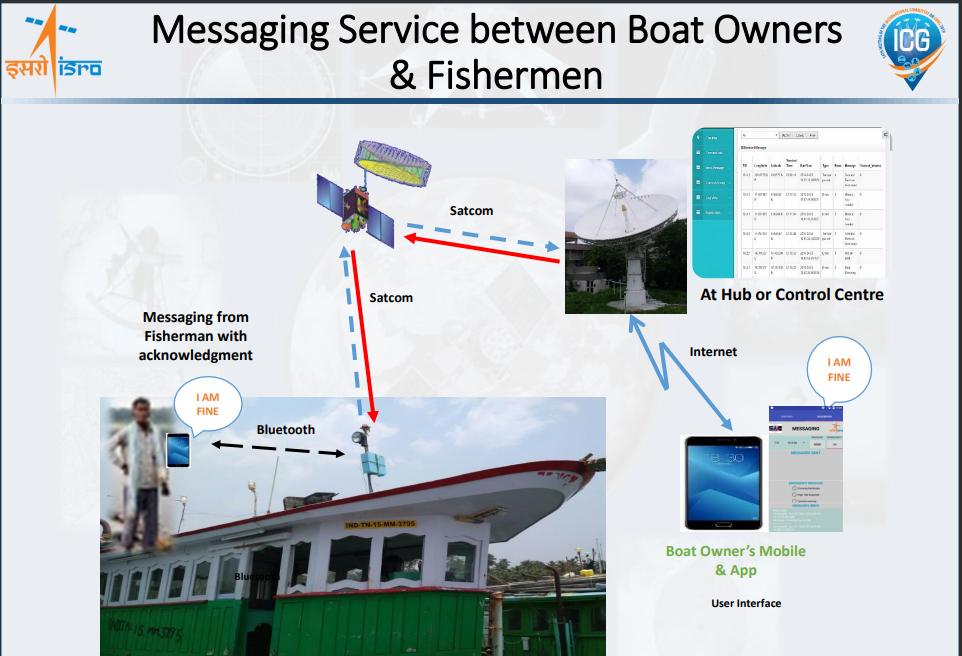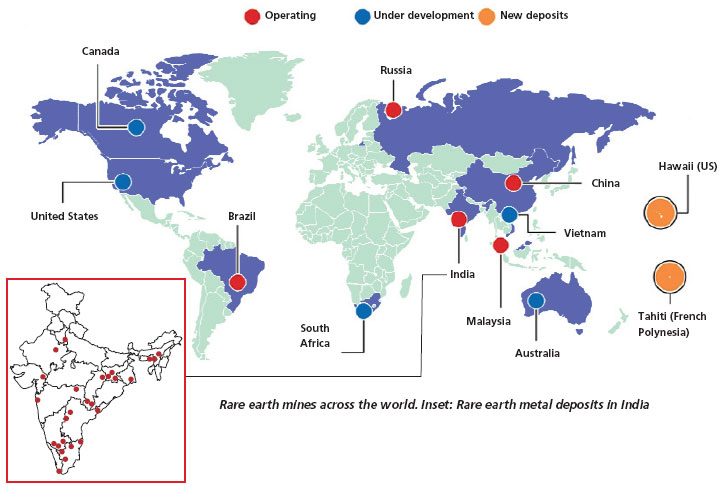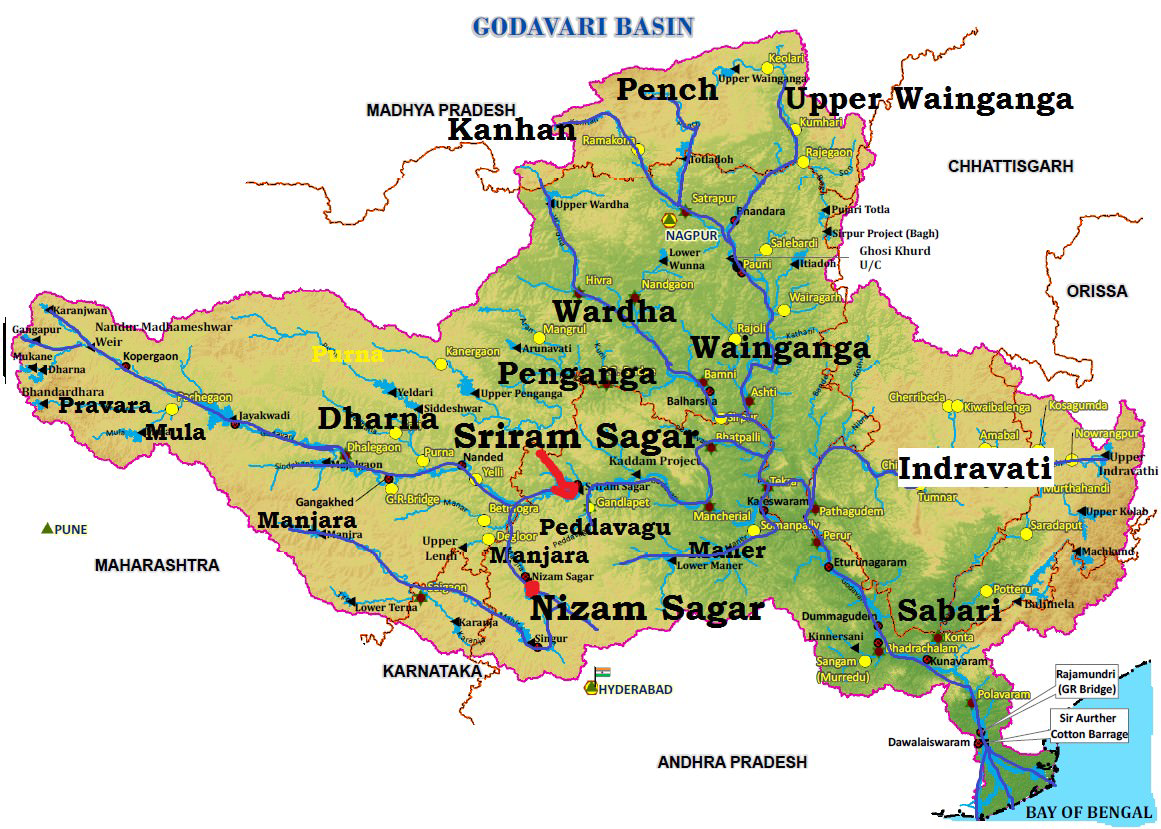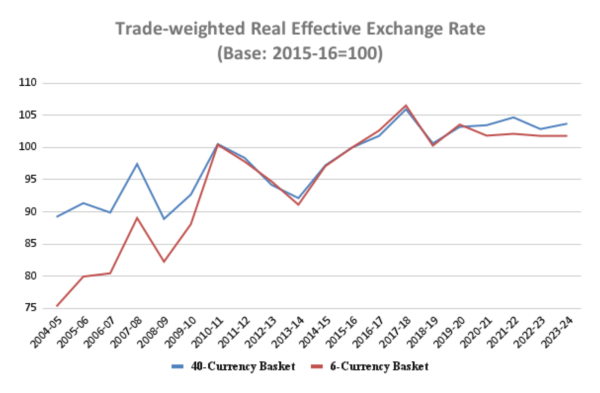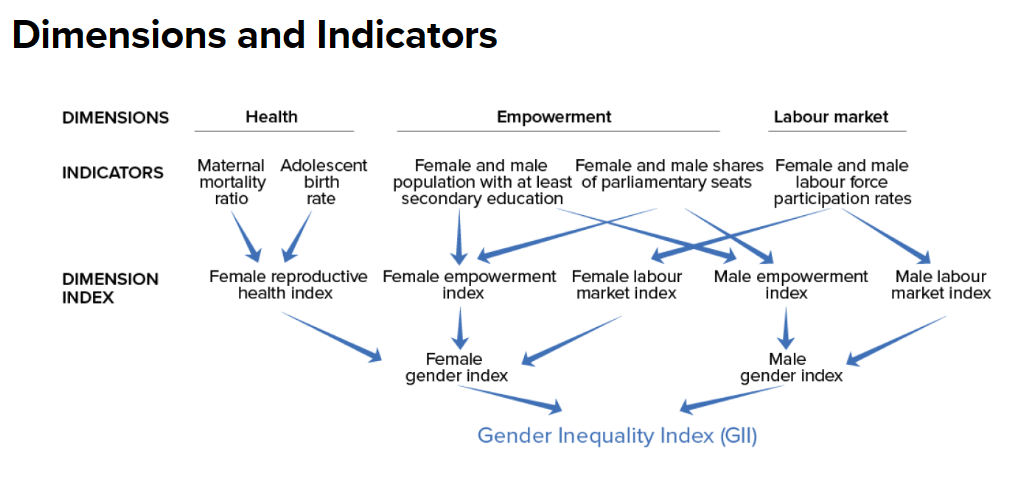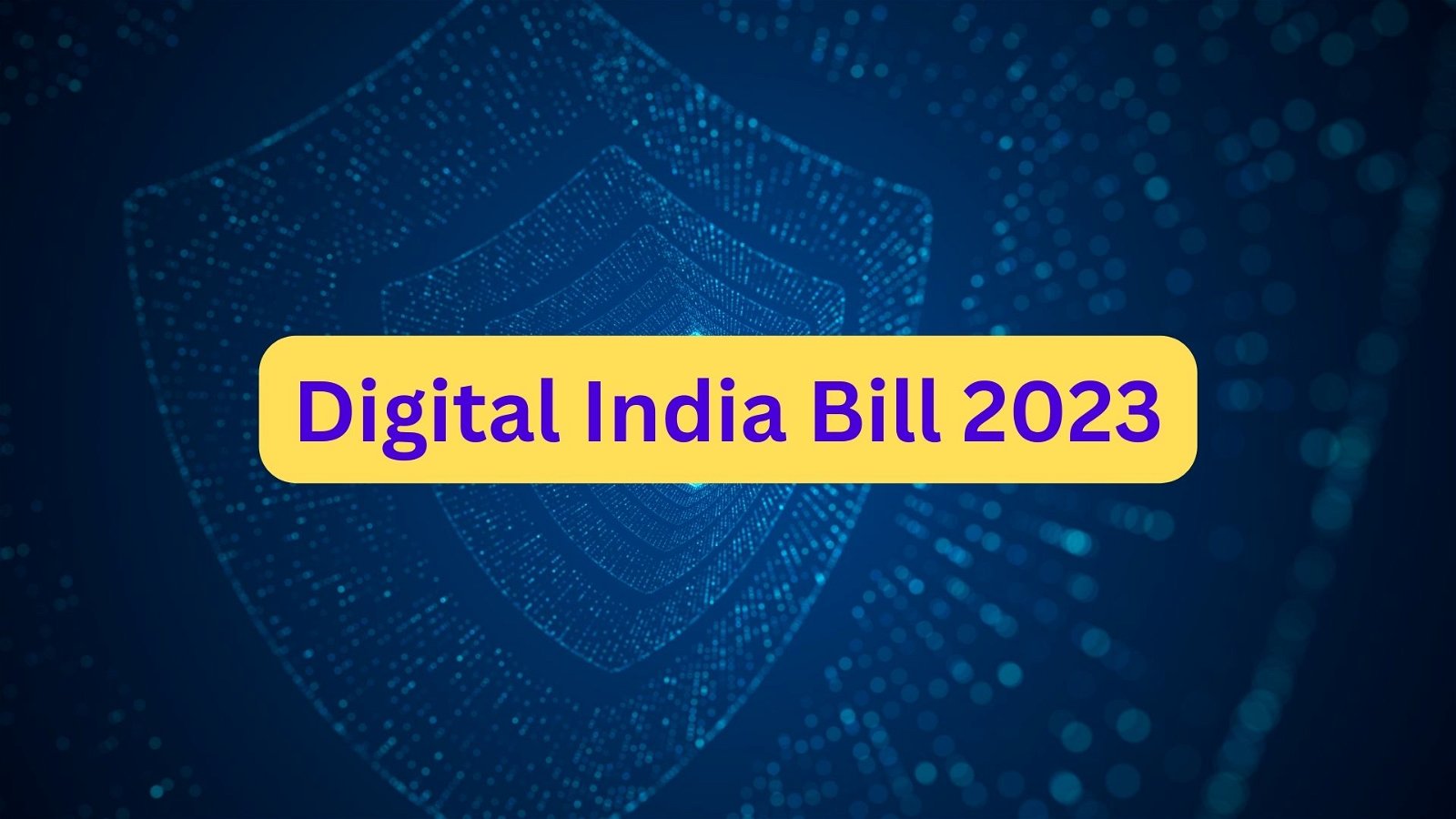
Current Affairs January 25, 2024: National Voters’ Day, Annual Status of Education Report (ASER) 2023, Pandemic Agreement, Lake Victoria, Taxation Data by CBDT, Canada
Subscribers of "Current Affairs" course can Download Daily Current Affairs in PDF/DOC
Subscribe to Never Miss an Important Update! Assured Discounts on New Products!
Must Join PMF IAS Telegram Channel & PMF IAS History Telegram Channel
{GS2 – IR – Canada} Immigration Restrictions by Canada
- Context (IE): Canada has announced a reduction of 35% in new international student permits.
- Work permits will not be issued to spouses of international students (except masters and doctoral students).
- Earlier, Canada doubled the existing fund requirements (to $20000) in addition to tuition fees for a study permit.
- Currently, foreign-born people make up about one-quarter of Canada’s population.
|
Reasons behind the capping
- The need for “a sustainable level of temporary residence” is reasoned behind the capping.
- It is also claimed that “unscrupulous actors” had been “taking advantage of international students, rendering them vulnerable to abuse and exploitation”.
- Public-private institutions are excluded from the PGWP to maintain the quality of education.
- The housing crisis, cost of living and fewer jobs add to the woes of international students.
Impacts
- These will only impact undergraduate courses, not master’s and doctorate.
- Only new applicants will face the restrictions, with no impact on pre-existing permits.
- India, being the largest beneficiary of the PGWP programme, will have an impact on the spouses of students by not allowing them to work.
{GS2 – IR – Groupings} Turkey backs Sweden’s NATO bid
- Sweden and Finland applied for membership in 2022. While Finland became the 31st member, Sweden was opposed by Turkey and Hungary.
- Sweden is an official Invitee and attends NATO meetings.
Sweden: From Neutral to NATO
- Sweden had been neutral during the World Wars and the Cold War.
- Earlier, it joined European Union but avoided joining NATO to avoid tension with its neighbour Russia.
- After the Russia-Ukraine crisis, it abandoned neutrality with public opinion in favour of joining NATO.
Oppositions to Sweden’s bid
Turkey’s opposition
- Soft stand of Sweden against Kurdish militant outfit the Kurdistan Workers’ Party (PKK), the group behind the 2016 Turkey failed coup.
- Quran-burning protests were allowed by the Swedish government under freedom of speech.
Hungary’ opposition
- It objected to Sweden’s negative remarks about the rule of law and the state of democracy under the current government.
Changed dynamics
- Sweden had tightened its anti-terrorism laws and cracked down on the PKK’s activities.
- It lifted restrictions on arms sales to Turkey.
- Sweden has committed to support Turkey’s EU membership bid.
- The US agreement to sell 40 F-16 fighter jets to Turkey has also changed the dynamics.
- After Turkey’s move, Hungary also has softened the stance.
Importance of Sweden for NATO
- Encirclement of the Baltic Sea (except the area under Russia) will give NATO a strategic edge.
- The Swedish military is modern and experienced in past NATO missions.
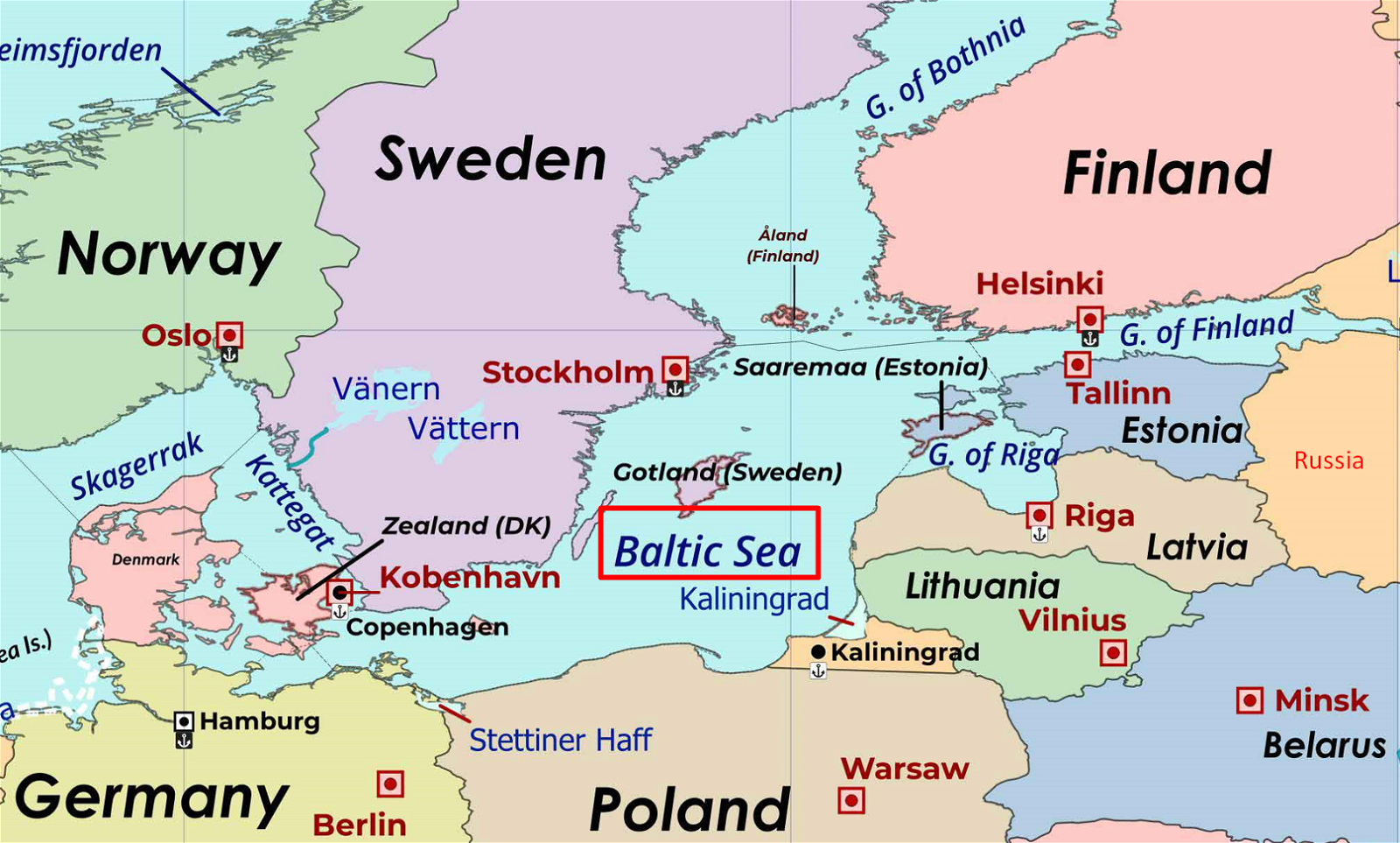
Russia’s reaction
- Russia has reacted negatively to Sweden and Finland’s decision to abandon nonalignment and seek NATO membership.
- It has warned them of unspecified countermeasures.
NATO membership
- Open door policy (Article 10): All European countries are eligible to join NATO.
- Since 1949, NATO’s membership has increased from 12 to 31 countries through nine rounds of enlargement.
- Finland became the latest country to join the Alliance in 2023.
- Bosnia and Herzegovina, Georgia, Sweden and Ukraine have declared their aspirations to join NATO.
Process of joining NATO
- Accession talks: To obtain formal confirmation from the invitees.
- Letters of intent: They are sent to NATO along with the timeline of reforms.
- Accession protocols are signed and ratified by NATO countries with the consensus of all members.
- Accession to the North Atlantic Treaty.
- Submission of instruments of accession to the US State Department makes invitees NATO members.
{GS2 – Polity – Bodies – Constitutional} National Voters’ Day
- Context (PIB): The 14th National Voters’ Day (NVD) is celebrated on January 25, 2024.
- Theme: ‘Nothing Like Voting, I Vote For Sure.’
- The President of India presented the Best Electoral Practices Awards for the year 2023.
- ECI celebrated its 75th year of service on January 25, 2024 by releasing of a commemorative postage stamp themed “Inclusive Elections.“
National Voters’ Day (NVD)
- It is celebrated annually on 25th January to mark foundation day of the Election Commission of India.
- Inception: January 25, 2011
- Objective: To create electoral awareness amongst citizens and encourage them to participate in the electoral process.
Election Commission of India (ECI)
- It is a permanent, all India, quasi-judicial and independent constitutional body established in 1950 to conduct and regulate elections in the country.
- Part XV and Article (324-329) of the constitution of India deal with elections and election commission.
- ECI administers elections to the Lok Sabha, Rajya Sabha, State Legislative Assemblies, State Legislative Councils and the offices of the President and Vice President of the country.
|
Composition of the ECI
- Article 324 of the IC outlines the structure of the Election Commission.
- It consists of Chief Election Commissioner (CEC) and other election commissioners appointed by President for the term of 6 years, retire at the age of 65 years whichever is earlier.
|
- When additional Election Commissioners are appointed, the Chief Election Commissioner acts as the head of the Commission.
- Currently, the Election Commission of India includes one Chief Election Commissioner and two subordinate Election Commissioners.
- CEC is removed like that of the judges of SC whereas the other commissioners are removed by President after consultation with CEC.
Procedure for removal of a SC judge on the ground of proved misbehaviour or incapacity
|
Roles and Responsibilities of the ECI
- Administrative Power: Includes defining electoral constituencies, preparing voter lists, scheduling elections, recognizing political parties, allocating symbols, and setting election conduct codes.
- Advisory Power: The ECI advises the President and Governor on disqualifications in Parliament and state legislatures, consults on elections during President’s rule and emergencies, and guides higher courts on post-election disputes.
- Quasi-Judicial Power: Acts as a tribunal for disputes regarding political party recognition and symbol allocation.
{GS2 – Social Sector – Education} Annual Status of Education Report (ASER) 2023
- Context (TH I IE): The gender gap widens with progressive levels of education owing to more significant barriers to schooling that girls face due to social norms.
- The 2023 survey focused on an older group of 14–18-year-old children.
- The ASER 2023 ‘Beyond Basics’ survey was conducted in 28 districts across 26 states.
About ASER
- ASER is a nationwide citizen-led household survey by NGO Pratham Education Foundation.
- It provides the status of children’s schooling and learning in rural India.
- ASER reports are usually referred to by the government while formulating policies.
- The ‘BASIC’ ASER:
- Collects information about enrollment in pre-school and school in the age group of 3–16 and
- Assesses children aged 5–16 one-on-one to understand their foundational reading and arithmetic abilities.
Objectives
- 2023 survey focused on students’ ability to apply reading and math skills to everyday situations and their aspirations.
- Generating evidence on diverse aspects of youth development in rural India.
- Enabling stakeholders across sectors to use this evidence to inform policy and practice.
- The 2023 survey explored the following domains:
- Activity: What activities are India’s youth currently engaged in?
- Ability: Do they have essential and applied reading and math abilities?
- Digital awareness and skills: Do they have access to smartphones? What do they use smartphones for, and can they do simple tasks on their smartphones?
- Aspirations: What do they aspire to become? Who are their role models?
Key Findings of the Report
Activity
Increased Enrollment
- There has been overall increase in the enrollment of children in government schools.
- Overall, 86.8% of 14-18-year-olds are enrolled in an educational institution.
- The percentage of youth not enrolled is 3.9% for 14-year-old youth and 32.6% for 18-year-olds.
- The decrease in the proportion of girls not enrolled in schools for the age group from 4.1% in 2018 to 2% in 2022 is a significant improvement and a positive development.
Vocational Training
- Youth at the college level are the most likely to be taking vocational training (16.2%).
- Most youths are taking short-duration courses (of 6 months or less).
More students transiting to secondary education
- More children in India have more years of schooling than ever before.
- Pandemic economic distress didn’t lead to older children dropping out.
Ability
Foundational Skills
- 25% of 14-18 age group struggle to read a Std II level text fluently in their regional language.
- Over 50% face difficulties with arithmetic skills expected by Grade 5 students.
- More than half struggle with division (3-digit by 1-digit) problems and only 43.3% of 14-18-year-olds are able to do such problems correctly.
Everyday Calculations
- Nearly 85% of surveyed youth can measure length using a scale when the starting point is 0 cm.
- Overall, close to 50% of youth can do other standard calculations.
Daily Life Applications
- About two-thirds can answer at least 3 out of 4 questions based on reading and understanding written instructions.
Financial Calculations
- Over 60% are able to do the budget management task; about 37% can apply a discount, but only about 10% can calculate repayment.
- However, females perform worse than males on almost all tasks.
Gender Disparity in Reading and Arithmetic Skills
- Males performed better than females in arithmetic and English reading across most of the tasks.
- For example, only 41.1% of females were able to tell the time compared to 51% of males.
- Fewer females (28.1%) are in the Science, Technology, Engineering, and Mathematics stream (STEM) stream as compared to males (36.3%).
Flat Learning Trajectories
- Over time, there hasn’t been significant improvement in the academic progress of students.
Poor Quality Labour Force
- This deficit in foundational numeracy and foundational skill gap significantly impacts the quality of the country’s labour force.
Digital Awareness and Skills
- Digital Access: Close to 90% of all youth have a smartphone in the household and know how to use it.
- Communication and Online Safety: Of all youth who used social media, only about half are familiar with the online safety settings that were included in the survey.
- Digital Tasks: 70% of youth can browse the internet to find the answer to a question, and about two-thirds can set an alarm for a specific time.
- A little over 30% can use Google Maps to find the time taken to travel between two points.
Underutilisation of Digital technology
- Despite the high availability of smartphones in rural households (95%), their use for educational purposes is limited.
- Close to 80% of the youth report having used their smartphone to do an entertainment-related activity, such as watching a movie or listening to music.
- They mainly engage with social media.
Gender Disparity in Digital Skills
- 43.7% of males own smartphones as compared to 19.8% of females.
- Across all phone-related tasks, boys outperformed girls.
- Females are less likely to know how to use a smartphone or computer than males.
Aspirations
Less Technical inclination
- Most of the students in this age group (14-18 years) were enrolled in the Arts/Humanities stream.
- In Std XI or higher, more than half are enrolled in the Arts/Humanities stream (55.7%), followed by STEM (31.7%) and Commerce (9.4%).
Balancing Academics and Family Responsibilities
- Most of the youths face compounded challenges as they need to balance academic requirements with responsibilities, such as working on family farms.
- Around 30% are already working, often for their parents. However, they don’t want to continue the same work in future.
- These responsibilities impact the aspirations of youth.
Acute Academic Competition
- Parents in India often harbor overambitious aspirations for their children.
- These aspirations of parents translate into acute academic competition, widespread coaching, and heavy expenditure by families.
Not Motivated to Study
- A more significant proportion of boys than girls reported not wanting to study after class 12.
- Girls wished to study at least the undergraduate level, while boys talked about earning money.
The Dearth of Clarity
- There is a lack of clear guidance for students when it comes to making decisions about their future.
- Many students are unsure about what to study, how much more education they need, and what kinds of jobs they should be aiming for.
No Role Model
- 42.5% of males and 48.3% of females did not have a role model for their aspired work.
Key Concerns Highlighted in the Report
Inadequate Teacher-student ratio and Teacher’s Training
- Almost 8% of India’s schools have only one teacher (2023 data).
- Teachers lack training in modern pedagogical methods and struggle to employ interactive and engaging teaching techniques.
Insufficient Learning Resources
- Limited access to textbooks and learning materials hinders students’ ability to practice and reinforce foundational skills.
- The Lack of reading materials also affects students’ language development.
Socio-economic Disparities
- Students from lower-income families face challenges such as inadequate infrastructure, lack of educational support at home and limited access to extracurricular activities.
Language Barriers
- Students studying in non-native language face challenges in understanding and expressing themselves.
- E.g. Students from tribal regions face English reading barriers.
Outdated Curriculum
- The School Curriculum doesn’t incorporate digital literacy and thus students remain unprepared be a part of the modern workforce.
Assessment Practices
- Assessments focussing on memorization rather than critical thinking, has led to students prioritising rote learning over understanding foundational concepts.
Recommendations of ASER 2023
- Devolution of central and state grants to local bodies: The Central and State grants should be disaggregated to Local Bodies, ensuring direct transfer of untied funds to schools.
- Development of Public libraries– Public libraries should be developed to address the scarcity of learning resources.
- E.g. The Karnataka government has done commendable work on strengthening its public libraries.
Community management of schools
- Schools must be community-managed, and the State government should primarily act as the financing agent.
- The private sector should be encouraged to adopt schools to improve their quality.
- E.g. The Mid-Day Meal responsibility should be handed over to the village-level self-help group (SHG) of women.
Regular school-level interactions with parents
- Teachers must build a relationship with every household to ensure children’s care and learning.
- Parental involvement can greatly improve learning outcomes.
- E.g. The Nipun Bharat Mission to ensure oral and written literacy and numeracy should become a people’s movement like the Total Literacy Campaign.
Ease Out Early Childhood Struggles
- Financial Aid and Grants: Provide financial aid to economically disadvantaged students as many of these students need to earn and support their families financially during this age group.
- Shifting the Social Norms: Among girls, shifting social norms with regard to the appropriate age of marriage emerged as a key driver of young women’s ability to study further.
Prepare Future Ready Students
- Focus on Developing Critical Thinking: Reducing curriculum in each subject to its core essentials, and enable critical thinking and more inquiry, discovery, discussion and analysis-based learning.
- Future Oriented School Systems: Our school system needs to be more future-oriented which can guide the kids into paths that may benefit them and place them in secure position.
- Digital Mentorship Programs: Implementing mentorship programs to connect students with professionals in their fields of interest, helping them to make informed decisions about their future.
Comprehensive Strategy for Learning Improvement
- Reform Assessments: NEP 2020 speaks of the goal of 100% secondary school enrolment, to be achieved through “careful tracking of students’ enrolment, attendance, and learning levels.
- Examination pressure can be reduced by reforming how and when assessments can happen.
- A close tracking of outcomes will be key to improvements and eventual success.
- Pathway Linking: Linking secondary school reform concepts with NIPUN will be crucial in transforming school reform ideas into practical measures.
Flexible Education System
- Embracing flexibility often involves leveraging technology to facilitate remote learning, online resources, and interactive platforms, enhancing the overall educational experience.
- Leveraging smartphones to improve learning outcomes: Smartphones can be used to deliver online modules to students to supplement classroom teaching.
- For ex- Interactive online tests should be designed in the form of games for the students.
- Innovative learning methods: Indoor and outdoor sports, cultural activities, play-way learning items, video films, and sound boxes must be used to supplant learning.
{GS2 – Social Sector – Health} Pandemic Agreement
- Context (DTE): WHO has cautioned that COVID-19, the first of ‘Disease X‘, may recur, emphasizing the potential for future global health threats.
- A key way to tackle this is through the pandemic agreement.
Disease X
- It represents an unknown disease that could cause a potential epidemic or pandemic, with an unprecedented impact on health infrastructure and mortality.
- It is most likely to be a zoonotic disease with a ribonucleic acid (RNA) virus, having a far worse effect on mortality rates than the COVID-19 pandemic.
Pandemic Agreement
- It is being negotiated by WHO countries.
- Deadline: The 77th World Health Assembly, which is to be held in May 2024.
- It aims to improve prevention, preparedness, and response to future pandemics at a global level.
- Goals
- Ensure sustained and long-term political commitment.
- Define clear processes and tasks.
- Ensure long-term public- and private-sector support at all levels.
- Promote an ‘all-of-government’ and ‘all-of-society’ approach.
Benefits

Initiatives by WHO to Prepare for a Future Pandemic
Financial Intermediary Fund for Pandemic Preparedness and Response (PPR)
- It aims to cover early warning surveillance systems for zoonotic diseases, laboratories, and emergency communication.
- Hosted by the World Bank and with technical support from the WHO.
- The fund will provide additional, long-term financing to strengthen PPR capabilities in low- and middle-income countries.
mRNA technology transfer hub
- The objective is to build capacity in low and middle income countries to produce mRNA vaccines.
- The hub is located at Afrigen, Cape Town, South Africa.
WHO Hub for Pandemic and Epidemic Intelligence
- It was established in Berlin, Germany.
- Aim to strengthen pandemic and epidemic intelligence through better data and better analytics.
- The Epidemic Intelligence from Open Sources (EIOS) is hosted within the new WHO Hub for Pandemic and Epidemic Intelligence.
WHO BioHub
- It will enable WHO Member States to share biological materials with and via the BioHub under pre-agreed conditions. This will ensure timeliness and predictability in response activities.
- Currently, most pathogen sharing is done bilaterally between countries.
Understanding the science behind mRNA technology
mRNA
mRNA vaccines
|
{GS3 – IE – Taxation} Taxation Data by CBDT
- Context (IE): Direct tax-to-GDP ratio rose to a 15-year high of 6.11% in the FY 2022-23.
- Tax buoyancy declined to 1.18 in 2022-23 from 2.52 in 2021-22
- Maharashtra at 36.4%, Delhi at 13.3%, Karnataka at 12.5% and Tamil Nadu at 6.4%, cumulatively accounting for 68.6% of overall direct tax collection in FY23.
- This data was released by the Central Board of Direct Taxes (CBDT) under the Ministry of Finance.
Related Terms
- Direct tax-to-GDP ratio: It reflects the share of taxes in the overall output generated in the country.
- Tax buoyancy: It is the growth rate of taxes in relation to the economy’s nominal growth rate. A tax buoyancy greater than 1 reflects faster growth in taxes as against the country’s national income.
- Taxpayer: An entity who either has filed a return of income for the relevant assessment year (AY) or, in the case where tax has been deducted at source (TDS) in the relevant financial year, but the taxpayer has not filed the return of income.
- Tax Expenditure: It is the cost of tax collection as a proportion of the total tax collections.
- Progressive tax: It involves a tax rate that increases (or progresses) as taxable income increases. It imposes a lower tax rate on low-income earners and a higher tax rate on those with a higher income. A higher direct taxes-to-indirect taxes ratio is considered progressive.
{Prelims – PIN Africa} Lake Victoria
- Context (DTE): Tanzanian authorities held meetings to restore Lake Victoria.
- Lake Victoria is Africa’s largest lake by area, the world’s largest tropical lake, and the world’s second largest freshwater lake by surface area after Lake Superior in North America.
- It is bordered by Kenya (6%), Uganda (43%), and Tanzania (51%).
- It is a source of the White Nile River which flows northward and eventually joins the Blue Nile in Sudan to form the Nile River which drains into the Mediterranean Sea.
- Lake Victoria touches the Equator on its northern side.
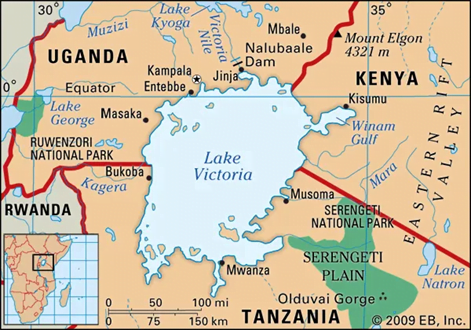
{Prelims – PIN} Canada
- Context (IE): Canada has announced a reduction of 35% in new international student permits.


- Location: Arctic Ocean to the north, Greenland to the northeast, the Atlantic Ocean to the east, the United States to the south, the Pacific Ocean and the U.S. state of Alaska to the west, Saint-Pierre and Miquelon (an archipelagic territory of France) lie off Newfoundland (Canadian province).
- Major Rivers: Mackenzie, Yukon, St. Lawrence, Columbia, and Saskatchewan
- Major Mountains: Rocky Mountains, St. Elias Mountains, Laurentian Mountains
- Major lakes: Lake Superior, Lake Huron, Great Bear Lake, Great Slave Lake, Lake Erie, Lake Winnipeg, Lake Ontario, Lake Athabasca
Great Lakes
|
{Prelims – S&T – Defence} Exercise Desert Knight
- Context (PIB): The Indian Air Force (IAF) conducted Exercise Desert Knight along with the French Air and Space Force (FASF) and the United Arab Emirates (UAE) Air Force.
- The IAF contingent comprised of Su-30 MKI, MiG-29, Jaguar, AWACS, C-130-J and Air to Air Refueller aircraft.
- These aircraft operated from the Al Dhafra air base in the UAE.
Defence Exercises between India and France
|





![PMF IAS Environment for UPSC 2022-23 [paperback] PMF IAS [Nov 30, 2021]…](https://pmfias.b-cdn.net/wp-content/uploads/2024/04/pmfiasenvironmentforupsc2022-23paperbackpmfiasnov302021.jpg)


